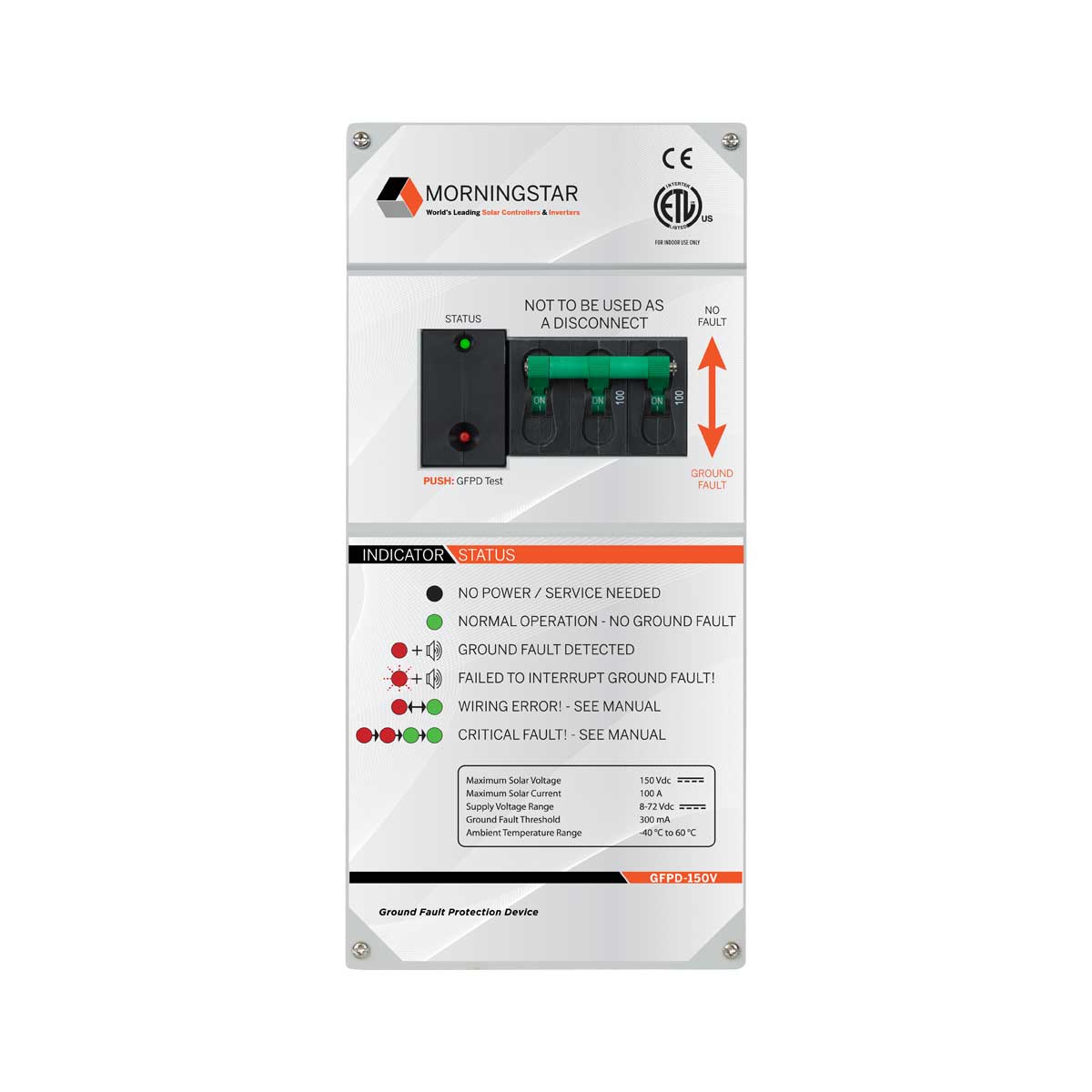Zwy
Emperor Of Solar
Thanks for your reply. The issue I have is each mppt controller is max 250V. While that allows for 500V max, it doesn't allow for a 9s configuration at approx 50V VOC each.
The LV6548 has 2 SCC's, you can run a 4S string into one and 5S into the other but you need to run the 5S string VOC thru the calculator and determine if you might exceed the 250VOC limit on the SCC. Most likely you will, I know the 530W panels I have were 49.3VOC and 5S would exceed the limit without any cold weather.
I've just thought about doing 5s and 4s without combining them in parallel. However, I am using a 2 pole GPPD device.
What is a GPPD?
I have no idea how (or if) that would work. I'm assuming not but I've emailed the manufacturer. They (Morningstar) are pretty good at their help but of course don't expect a reply over the weekend.
Regarding my last question, I'm not sure how the PV wires attach to the wires from the LV6548. Would I use wire nuts?
I wouldn't use wire nuts on pv.
And finally, any ideas about what kind of junction box I should use where the PV wires enter the inside of the house?
Why do you want a junction box? If you want a disconnect, use a IMO disconnect like the one in this video.
Run the wires into the house in conduit, here I used SCH80 pvc to just inside the house, then a simple metal box with EMT on the other side. The box is just a pass thru transition to EMT. Wires run straight to the IMO disconnect in EMT, from the IMO disconnect thru EMT and even another pass thru metal box to make a sharp corner and to the SCC's. All connections are at a terminal, no splices, no wire nuts, everything is secure. Inspectors like that type of connection.
Over 36 years in business come January, I can tell you that if you spend a little extra at the onset, it pays dividends down the road. Instead of wire nuts, use a Polaris connector or terminal block where you will be carrying higher DC voltage. These connections can get quite warm if there is much resistance in a DC circuit and resistance will most likely increase as time goes on. My preference is a terminal block, either part of a switch/disconnect or an encased junction block.Can it be a simple metal junction box and wire the PV wires together using wire nuts?
Thanks for your help!!




